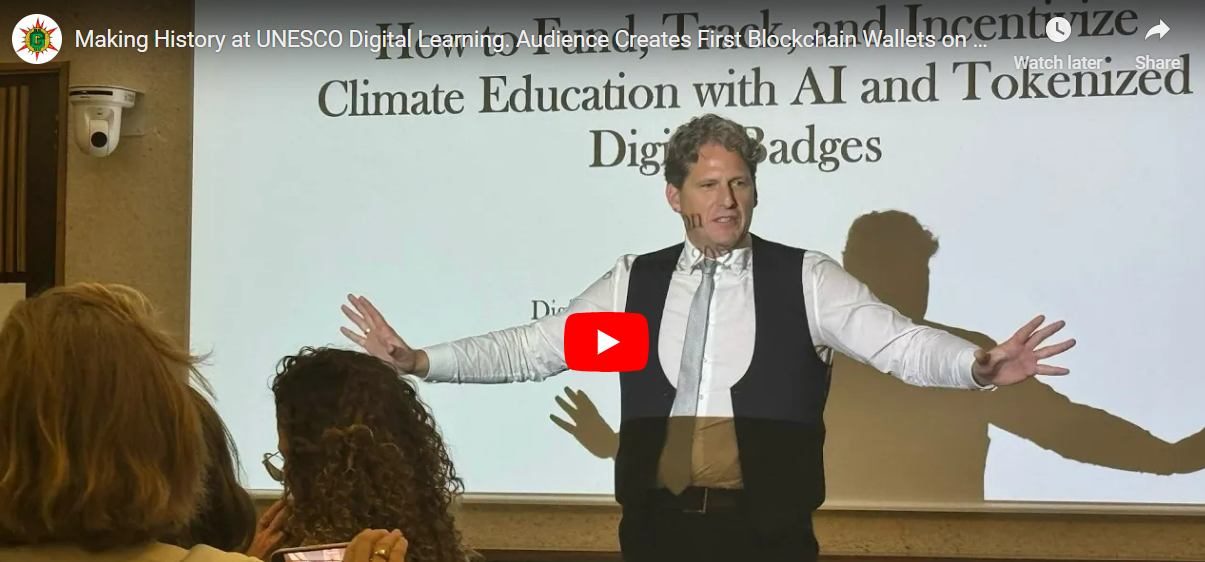What is Blockchain?
We found the best explanation on Investopedia. The below are some excerpts just to answer the very basics.
For full article, click here:
https://www.investopedia.com/terms/b/blockchain.asp
“Blockchain seems complicated, and it definitely can be, but its core concept is really quite simple. A blockchain is a type of database. To be able to understand blockchain, it helps to first understand what a database actually is.
A database is a collection of information that is stored electronically on a computer system. Information, or data, in databases is typically structured in table format to allow for easier searching and filtering for specific information. What is the difference between someone using a spreadsheet to store information rather than a database?
Spreadsheets are designed for one person, or a small group of people, to store and access limited amounts of information. In contrast, a database is designed to house significantly larger amounts of information that can be accessed, filtered, and manipulated quickly and easily by any number of users at once.
Large databases achieve this by housing data on servers that are made of powerful computers. These servers can sometimes be built using hundreds or thousands of computers in order to have the computational power and storage capacity necessary for many users to access the database simultaneously. While a spreadsheet or database may be accessible to any number of people, it is often owned by a business and managed by an appointed individual that has complete control over how it works and the data within it.”
Is Blockchain Secure?
“Blockchain technology accounts for the issues of security and trust in several ways. First, new blocks are always stored linearly and chronologically. That is, they are always added to the “end” of the blockchain. If you take a look at Bitcoin’s blockchain, you’ll see that each block has a position on the chain, called a “height.” As of November 2020, the block’s height had reached 656,197 blocks so far.
After a block has been added to the end of the blockchain, it is very difficult to go back and alter the contents of the block unless the majority reached a consensus to do so. That’s because each block contains its own hash, along with the hash of the block before it, as well as the previously mentioned time stamp. Hash codes are created by a math function that turns digital information into a string of numbers and letters. If that information is edited in any way, the hash code changes as well.

Here’s why that’s important to security. Let’s say a hacker wants to alter the blockchain and steal Bitcoin from everyone else. If they were to alter their own single copy, it would no longer align with everyone else’s copy. When everyone else cross-references their copies against each other, they would see this one copy stand out and that hacker’s version of the chain would be cast away as illegitimate.
Succeeding with such a hack would require that the hacker simultaneously control and alter 51% of the copies of the blockchain so that their new copy becomes the majority copy and thus, the agreed-upon chain. Such an attack would also require an immense amount of money and resources as they would need to redo all of the blocks because they would now have different timestamps and hash codes.
Due to the size of Bitcoin’s network and how fast it is growing, the cost to pull off such a feat would probably be insurmountable. Not only would this be extremely expensive, but it would also likely be fruitless. Doing such a thing would not go unnoticed, as network members would see such drastic alterations to the blockchain. The network members would then fork off to a new version of the chain that has not been affected.
This would cause the attacked version of Bitcoin to plummet in value, making the attack ultimately pointless as the bad actor has control of a worthless asset. The same would occur if the bad actor were to attack the new fork of Bitcoin. It is built this way so that taking part in the network is far more economically incentivized than attacking it.”
Bitcoin vs. Blockchain
“The goal of blockchain is to allow digital information to be recorded and distributed, but not edited. Blockchain technology was first outlined in 1991 by Stuart Haber and W. Scott Stornetta, two researchers who wanted to implement a system where document timestamps could not be tampered with. But it wasn’t until almost two decades later, with the launch of Bitcoin in January 2009, that blockchain had its first real-world application.
The Bitcoin protocol is built on a blockchain. In a research paper introducing the digital currency, Bitcoin’s pseudonymous creator, Satoshi Nakamoto, referred to it as “a new electronic cash system that’s fully peer-to-peer, with no trusted third party.”
The key thing to understand here is that Bitcoin merely uses blockchain as a means to transparently record a ledger of payments, but blockchain can, in theory, be used to immutably record any number of data points. As discussed above, this could be in the form of transactions, votes in an election, product inventories, state identifications, deeds to homes, and much more.
Currently, there is a vast variety of blockchain-based projects looking to implement blockchain in ways to help society other than just recording transactions. One good example is that of blockchain being used as a way to vote in democratic elections. The nature of blockchain’s immutability means that fraudulent voting would become far more difficult to occur.
For example, a voting system could work such that each citizen of a country would be issued a single cryptocurrency or token. Each candidate would then be given a specific wallet address, and the voters would send their token or crypto to whichever candidate’s address they wish to vote for. The transparent and traceable nature of blockchain would eliminate the need for human vote counting as well as the ability of bad actors to tamper with physical ballots.”
Is GetSmart a Blockchain?
No, but GetSmart uses the “Ethereum” blockchain system to both create tokens and manage the Smart Contracts. This is basically the same type of “database” as Bitcoin but has a lot more usefulness because people can make several types of “contracts” that are “smart” because they work by themselves without a lawyer. So basically “Bitcoin” was the first “cryptocurrency” built on a blockchain, but it is not the blockchain. Ethereum was also built on a blockchain, but it is also not the blockchain. It’s just an advanced database that does lots of different things and keeps records that can’t be changed, even by a bad actor. So it’s safer than the old way of doing things, and faster, and smarter, but basically a big complex but amazing record-keeping and payment system.





